12 Simple Tips to Create a Wildlife-Friendly Garden
Creating a wildlife-friendly garden can be a rewarding experience. Start by focusing on what nature needs to thrive in your space. Simple changes, like adding native plants or creating shelter, can make a big difference. These adjustments can attract a variety of birds, insects, and small mammals. With a few thoughtful steps, you can turn your garden into a sanctuary for wildlife.
This post may contain affiliate links, which helps keep this content free. Please read our disclosure for more info.
Plant Native Plants
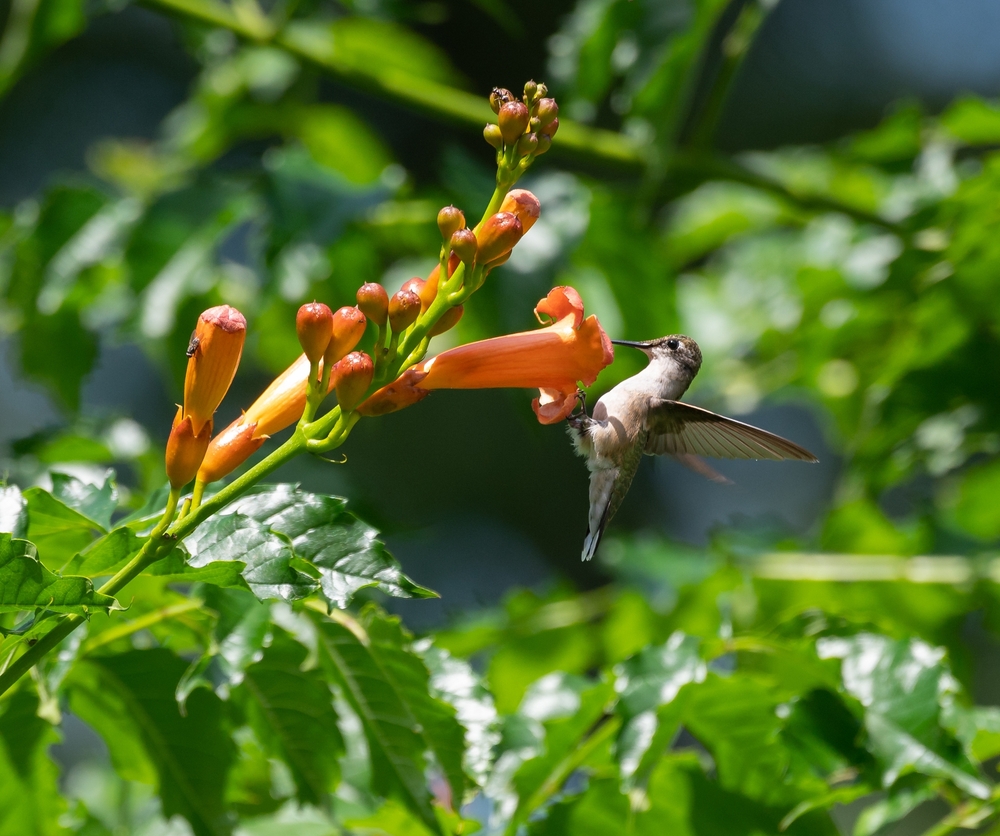
Native plants are crucial for creating a wildlife-friendly garden. They provide food and shelter for local wildlife, such as birds, butterflies, and bees. Select a variety of plants that bloom at different times of the year to support wildlife year-round. The best way to find native plants is to visit a local garden center or consult online resources specific to your area. No special tools are required, just a good garden spade and a little knowledge about the local species that thrive in your climate.
By planting native species, you will also help conserve water, as they are adapted to the local soil and climate. Avoid using plants that are invasive, as they can crowd out native species and harm the ecosystem. Mix up your plant choices to include shrubs, flowers, and trees to attract a diverse range of wildlife. It is important to research which plants are beneficial for specific types of animals. This step will make your garden a welcoming environment for many species.
Provide Water Sources
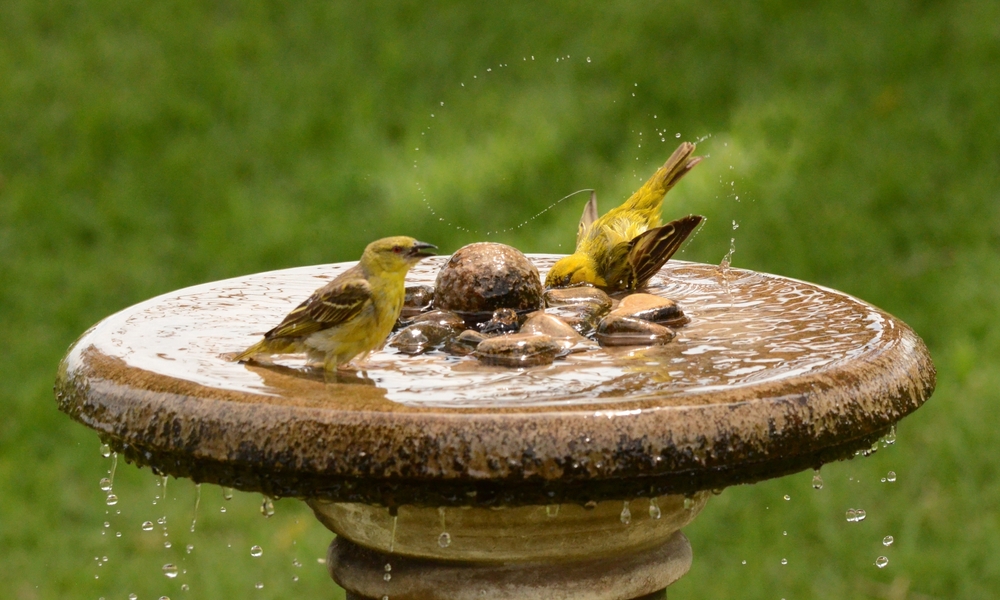
Water is essential for attracting wildlife to your garden. Install a birdbath, a small pond, or even a simple container with fresh water. Make sure the water is shallow enough for smaller creatures to drink and bathe safely. For ponds, consider adding a gentle fountain to keep the water fresh and moving. No special tools are needed other than a container or a pond liner if you choose a larger water feature.
Regularly change the water to keep it clean and free of algae. A water source will attract birds, insects, and other animals that need water for drinking and bathing. Be mindful of safety by ensuring that animals can easily enter and exit the water. Consider adding some plants around the water to create natural shade. A small water feature can be a great addition that helps bring the garden to life.
Create Shelter and Nesting Sites
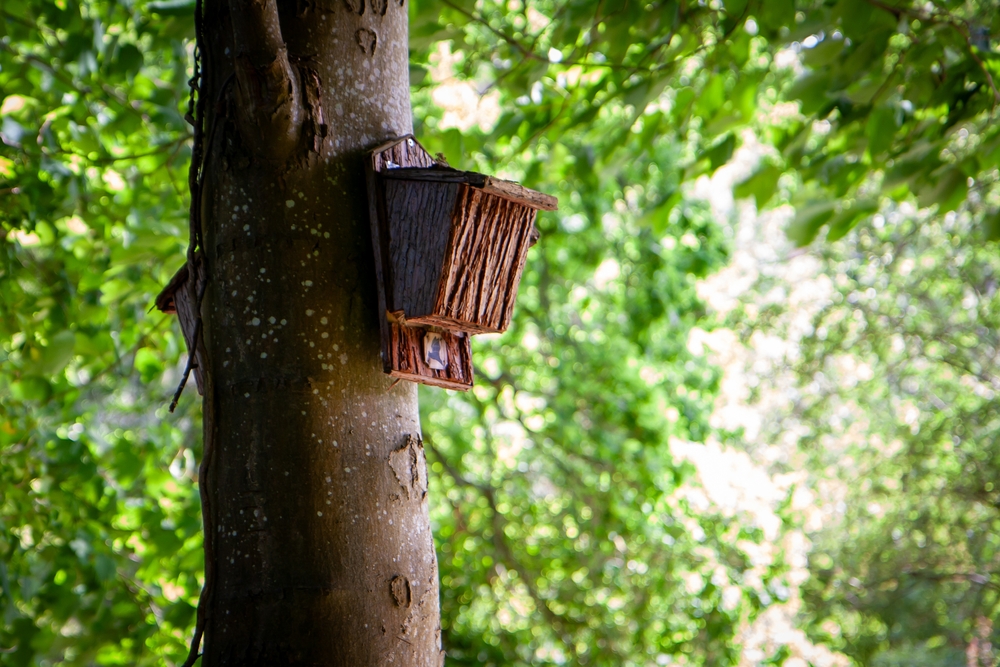
Wildlife needs safe places to hide from predators and rest. You can create shelters by adding birdhouses, bat boxes, and even small brush piles in hidden corners. Building these structures is easy, and you only need basic tools like wood, nails, and screws. For birdhouses, make sure to choose the right size for the species you want to attract. Hanging a birdhouse on a sturdy post or tree will make it a perfect spot for birds to nest.
Brush piles are another simple way to provide shelter. Piles of leaves, sticks, and logs offer a safe space for small mammals, insects, and birds. You can also leave dead trees standing, as they are homes for many insects and birds. Be sure to place shelters in a quiet area to avoid disturbing the wildlife. A garden that offers shelter will be a sanctuary for animals to feel protected.
Grow a Variety of Flowers
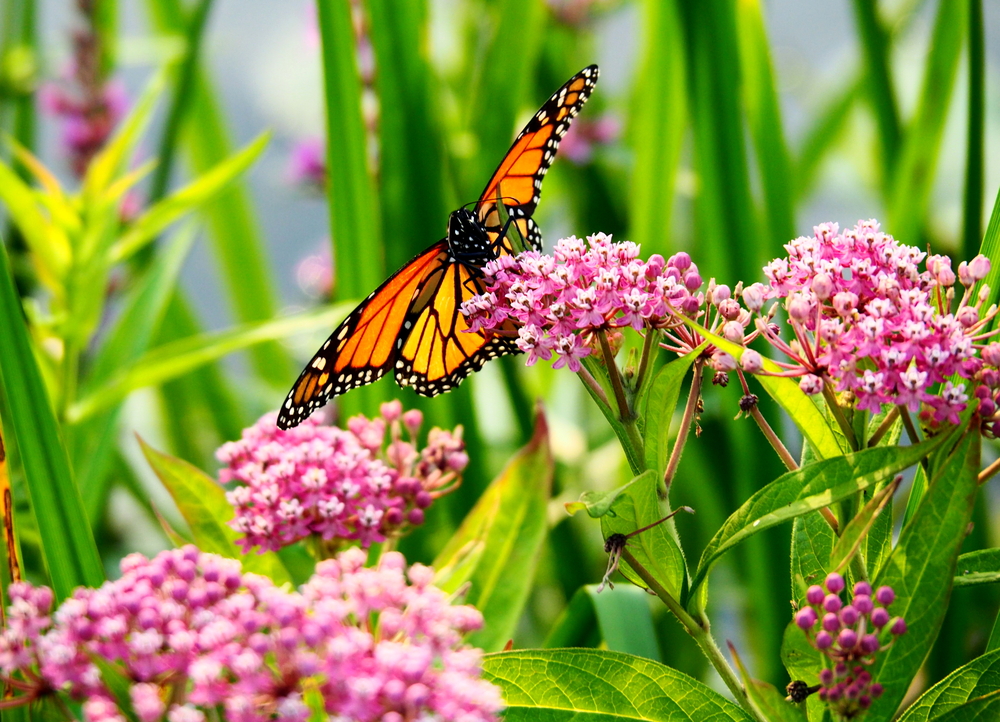
Flowers attract pollinators, such as bees and butterflies, which are essential for the health of your garden. Choose a wide range of flowers with varying bloom times to ensure that there is always something in bloom. This will provide a steady supply of nectar throughout the year. There are no specific tools needed for planting flowers, just your regular garden tools like a spade and watering can. Opt for wildflowers and native species to support local pollinators.
Adding flowers to your garden also helps improve the aesthetic appeal. Place them in sunny spots where they can thrive and attract pollinators. Group flowers by color or size for a beautiful and functional display. Flowers that attract bees, butterflies, and hummingbirds are especially valuable for creating a wildlife-friendly environment. This step will bring color to your garden while supporting the ecosystem.
Add Insect Hotels

Insect hotels provide a safe home for beneficial insects like ladybugs, bees, and solitary wasps. These insects help with pollination and pest control, so adding an insect hotel to your garden can boost its health. You can build a simple insect hotel using materials like bamboo, twigs, and pine cones. A wooden frame with compartments filled with different materials works well to attract various species. Tools like a saw, hammer, and nails are needed to construct the hotel.
Place your insect hotel in a sheltered spot, preferably near flowers or plants that need pollination. These hotels provide insects with places to lay their eggs and find shelter during the colder months. Make sure to check the hotel regularly to ensure that it remains intact and inviting. With just a little effort, you can attract a variety of useful insects to your garden. This step is an excellent way to support the ecosystem and help beneficial insects thrive.
Avoid Pesticides
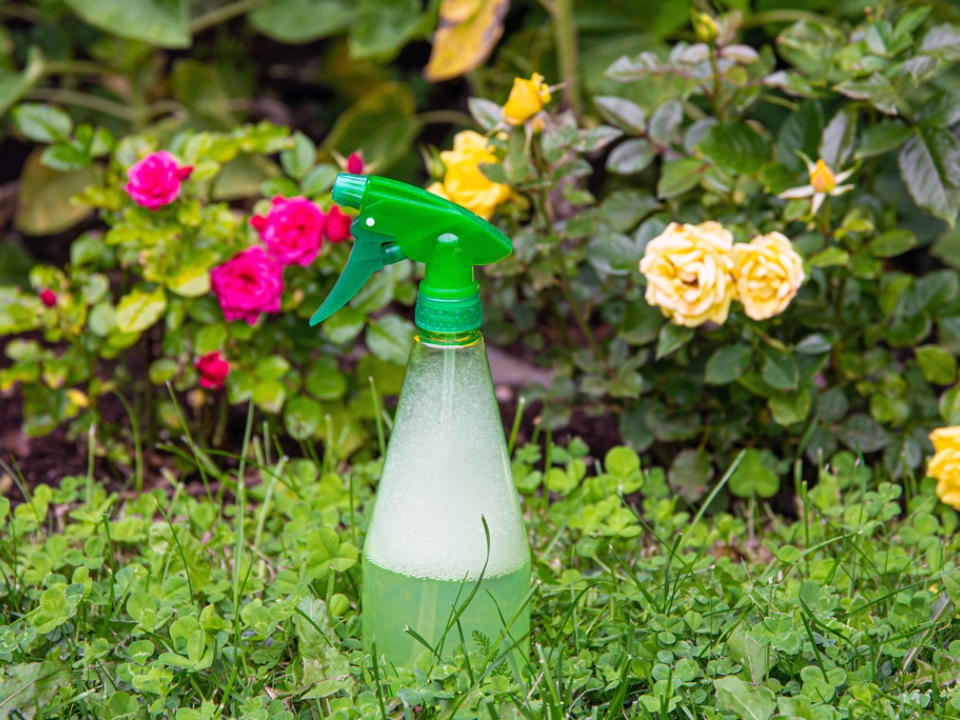
Pesticides can harm not only pests but also the beneficial insects and animals in your garden. By avoiding pesticides, you will help protect pollinators, such as bees, and prevent poisoning birds and other wildlife. Instead, use natural alternatives, like neem oil or insecticidal soap, which are less harmful to the environment. No special tools are required for this, just a willingness to embrace natural gardening methods. Focus on keeping your garden healthy and balanced without relying on chemicals.
You can also use companion planting to naturally deter pests. Planting certain herbs or flowers together can naturally repel harmful insects. For example, marigolds help keep aphids away, while basil can deter mosquitoes. The goal is to create a garden that encourages beneficial insects and animals to manage pest populations. This approach will help protect the wildlife in your garden and promote a healthy ecosystem.
Install a Composting Area
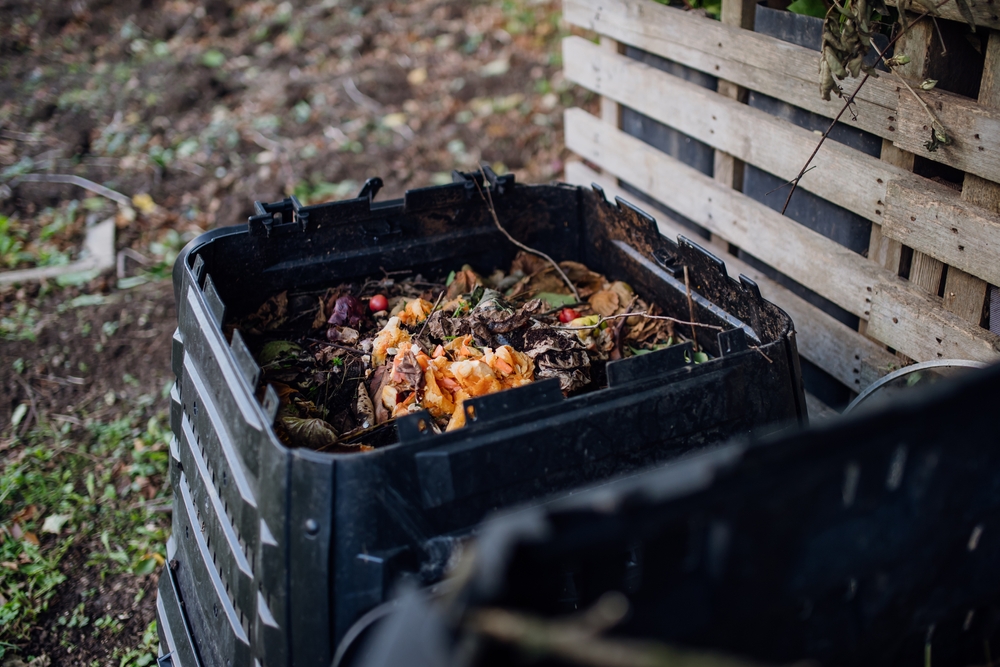
Composting is an eco-friendly way to recycle organic waste and improve your garden soil. Create a composting area by selecting a shady spot with good air circulation. You can use a compost bin or simply pile organic matter like leaves, grass clippings, and kitchen scraps in a designated area. Tools like a shovel or pitchfork will help you turn the compost regularly to speed up the decomposition process. This simple step helps enrich your soil and attract earthworms, which are beneficial for your garden.
Composting also reduces the amount of waste sent to landfills, making it a sustainable choice. The rich, dark compost produced will improve the health of your plants, which in turn supports wildlife by providing them with better resources. The process may take several months, but it is worth the effort. Use your compost around trees, shrubs, and plants to encourage strong, healthy growth. This step will make your garden both eco-friendly and supportive of local wildlife.
Provide Food Sources
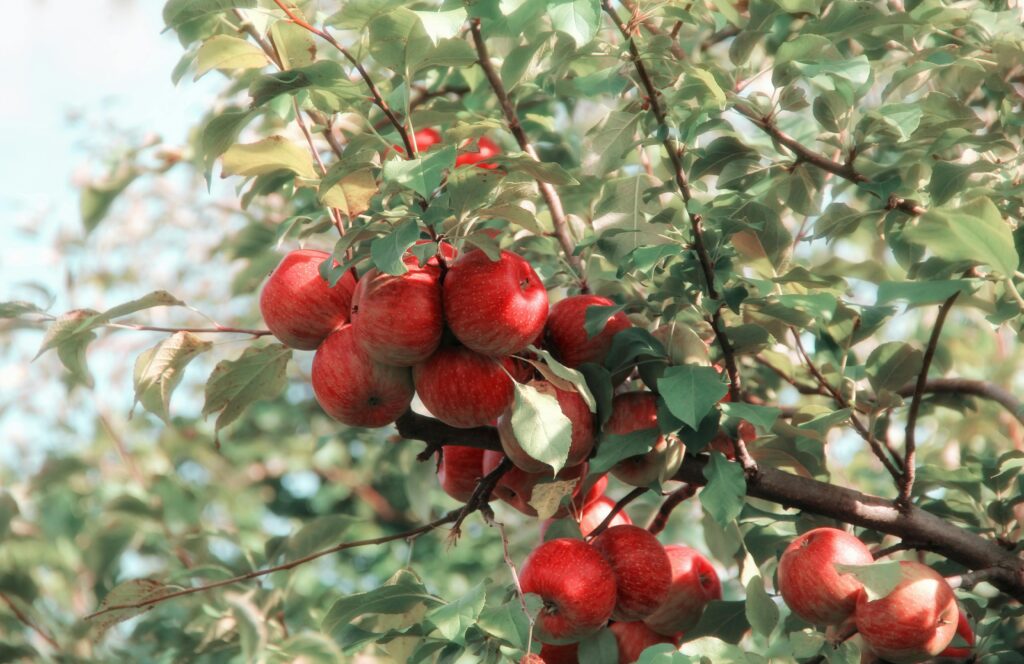
Adding bird feeders, nut trees, and fruit-bearing plants can provide food for wildlife in your garden. Many birds and animals rely on seeds, fruits, and nuts for sustenance. Install bird feeders with sunflower seeds or peanut butter to attract a variety of birds. Plant fruit trees like apple, pear, or berry bushes to offer fresh food to wildlife. You do not need special tools for feeders, but pruning shears might be needed to maintain fruit trees.
It is important to keep food sources well-stocked, especially during colder months when natural food is scarce. Make sure to clean bird feeders regularly to prevent the spread of disease. Planting a variety of plants that provide both nectar and fruit will attract a range of species. With food sources available, your garden will become a favorite spot for wildlife to visit and find nourishment. This step will help support many species that rely on your garden for sustenance.
Create a Layered Habitat
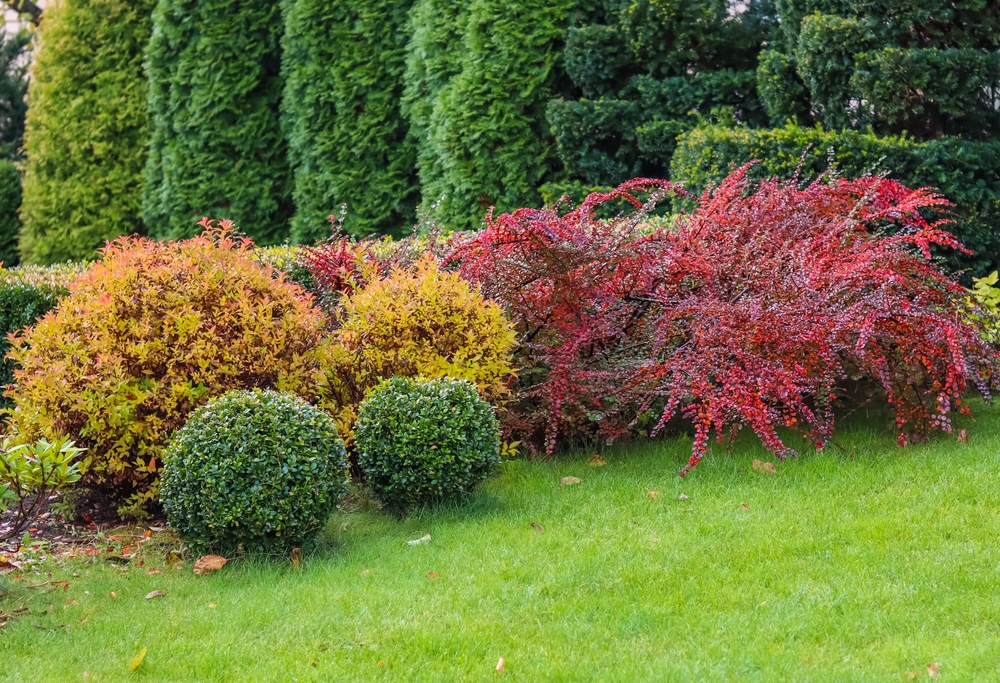
A layered habitat mimics the natural environment, providing different levels of shelter and food sources. Include tall trees, dense shrubs, groundcover plants, and flowers to create a multi-layered environment. This will give wildlife the option to choose where they feel most comfortable. Tools like a ladder for pruning trees or a rake for spreading mulch will help you maintain the layers. This setup provides diverse environments for various animals to thrive.
Layered habitats are excellent for birds, insects, and small mammals, giving them places to nest, hide, and feed. Dense foliage at the base of trees can provide shelter for insects, while the tree branches offer a high perch for birds. Ground cover plants like grasses and mosses create safe spaces for smaller creatures to live. By planting different layers, you will attract a wide variety of wildlife to your garden. This approach is a great way to support biodiversity in your backyard.
Add a Worm Farm

Worm farms help improve the quality of your soil and create nutrient-rich compost for your plants. Worms break down organic matter, turning it into valuable humus that enriches the garden. Set up a worm farm using a plastic bin with holes for ventilation and bedding material like shredded newspaper. Tools like a drill and scissors are needed to create the farm’s design. Worms can be purchased from garden centers, and you can start composting in no time.
Worms are also excellent at breaking down food scraps, reducing waste in landfills. Make sure to feed your worms with fruit and vegetable scraps and avoid adding meat or dairy. A worm farm is low maintenance, and the process of vermiculture will support your garden’s health by enriching the soil naturally. This step will help keep your garden fertile and promote the growth of plants that support local wildlife. A worm farm is an easy way to improve the soil in your garden while supporting wildlife.
Encourage Pollinators
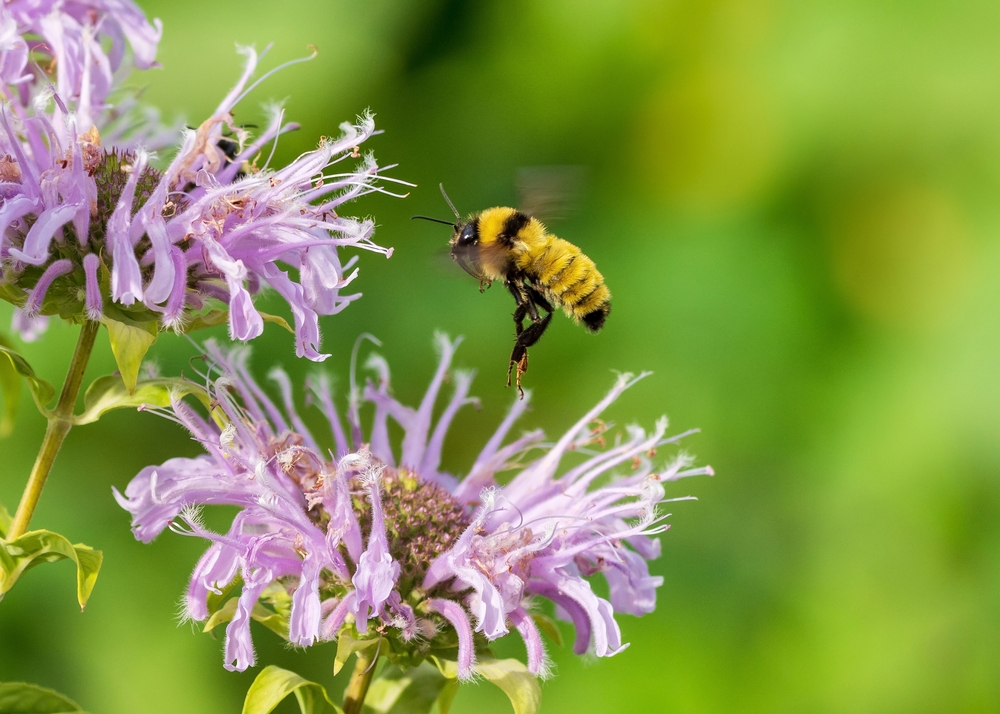
Pollinators like bees, butterflies, and hummingbirds are vital for a healthy garden ecosystem. Planting flowers that provide nectar and pollen can attract these essential creatures. Lavender, sunflowers, and echinacea are great options for attracting pollinators. You can also create a safe environment for pollinators by avoiding pesticides and providing water sources for them to drink. Tools like pruning shears and a watering can will help maintain the plants that support pollinators.
Pollinators help increase the yield of fruit and flowers in your garden. By choosing plants that support these creatures, you are directly contributing to the health of the environment. Creating a pollinator-friendly space also provides food for the animals that rely on them. With a little effort, your garden can become a vital resource for pollinators. This step will help sustain biodiversity and make your garden an essential part of the local ecosystem.
Offer a Safe Space for Small Mammals
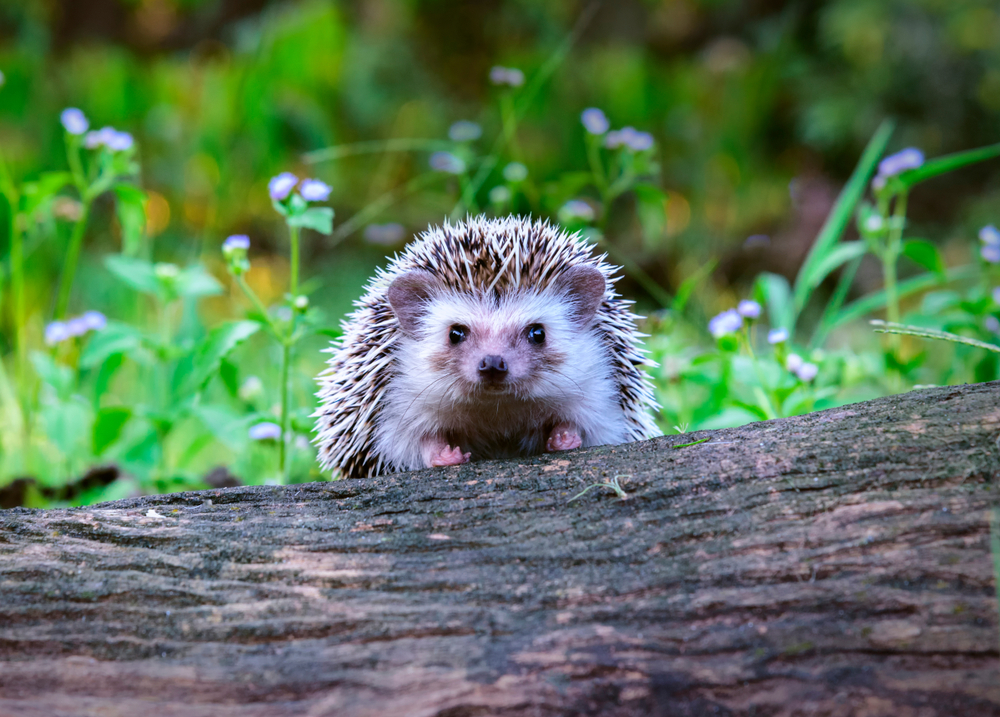
Small mammals, such as rabbits, hedgehogs, and squirrels, can find a safe home in your garden with the right features. You can provide shelter by adding a small wooden box, a log pile, or leaving areas of long grass. Keep in mind that some mammals like to burrow, so leave some loose soil or unplanted areas for them to dig. Tools like a shovel and a rake will help create a space that is both safe and welcoming. Adding a shelter ensures that small mammals have a place to hide from predators.
Small mammals also need food, so consider planting crops like carrots, corn, and sunflowers that they can enjoy. Make sure to leave some open areas in the garden for them to forage. You may also add a feeding station with seeds and nuts for these animals to access easily. Creating a space for small mammals helps to keep the balance in the local ecosystem. This step ensures that your garden becomes a safe haven for many creatures.
Making your garden a haven for wildlife brings countless benefits to both nature and your home. From providing food and water to creating shelter, every step helps support the creatures that depend on it. A wildlife-friendly garden can become a beautiful and sustainable part of your outdoor space. The more you nurture it, the more wildlife will thrive in your garden.
This article originally appeared on Avocadu.
